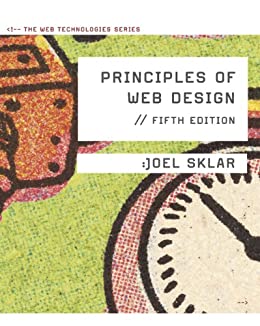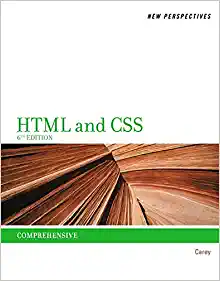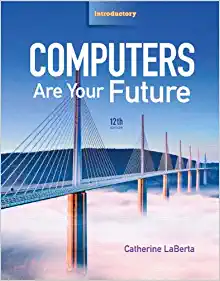Solution Manual Of Computer Networks And Internets, 6th Edition By Douglas E.Comer
ISBN-10: 0133587932, ISBN-13: 978-0133587937
Chapter 1 – Introduction And Overview
1.1 Search the Web to identify reasons for Internet growth in recent years.
1.2 List ten industries that depend on computer networking.
1.3 According to the text, is it possible to develop Internet applications without understanding the architecture of the Internet and the technologies? Support your answer.
Answer: Yes, it is possible to write code that communicates over a network, without understanding the hardware and software technologies that are used to transfer data from one application to another. However, knowledge of the underlying network system allows a programmer to write better code.
1.4 To what aspects of networking does data communications refer?
Answer: Data communications refers to the study of low-level mechanisms and technologies used to send information across a physical communication medium, such as a wire, radio wave, or light beam.
1.5 What is packet-switching, and why is packet switching relevant to the Internet?
Answer: Packet switching divides data into small blocks, called packets, and includes an identification of the intended recipient in each packet. Packet switching changed networking in a fundamental way, and provided the basis for the modern Internet. Packet switching allows multiple senders to transmit data over a shared network.
1.6 Provide a brief history of the Internet describing when and how it was started.
1.7 What is interoperability, and why is it especially important in the Internet?
1.8 What is a communication protocol? Conceptually, what two aspects of communication does a protocol specify?
Answer: A communication protocol refers to a specification for network communication. Major aspects of a protocol are syntax (format) and semantics (meaning).
1.9 What is a protocol suite, and what is the advantage of a suite?
Answer: Protocols are designed in complete, cooperative sets called suites or families, instead of creating each protocol in isolation. Each protocol in a suite handles one aspect of communication; together, the protocols in a suite cover all aspects of communication. The entire suite is designed to allow the protocols to work together efficiently.
1.10 Describe the TCP/IP layering model, and explain how it was derived.
1.11 List the layers in the TCP/IP model, and give a brief explanation of each.
Answer: The TCP/IP consists of 5 layers. The layers and their short explanation are as follows:
- Layer 1: Physical: Protocols in the Physical layer specify details about the underlying transmission medium and the associated hardware.
- Layer 2: Network Interface Protocols in the Network Interface layer specify details about communication between higher layers of protocols and the underlying network.
- Layer 3: Internet: Protocols in the Internet layer form the fundamental basis for the Internet. Layer 3 protocols specify communication between two computers across the Internet.
- Layer 4: Transport: Protocols in the Transport layer provide for communication from an application program on one computer to an application program on another.
- Layer 5: Application: Protocols in the top layer of the TCP/IP stack specify how a pair of applications interact when they communicate.
1.12 Explain how headers are added and removed as data passes through a layered protocol stack.
Answer: each layer on the sending computer prepends extra information onto the packet; the corresponding protocol layer on the receiving computer removes and uses the extra information.
1.13 List major standardization organizations that create standards for data communications and computer networking.
Answer: Various national and international organizations are involved in standardization of communications and networking services. To list few:
- International Organization for Standardization (ISO)
- International Telecommunications Union, Telecommunication Standardization Sector (ITU-T)
- Institute of Electrical and Electronics Engineers (IEEE)
- Internet Engineering Task Force (IETF)








Reviews
There are no reviews yet.